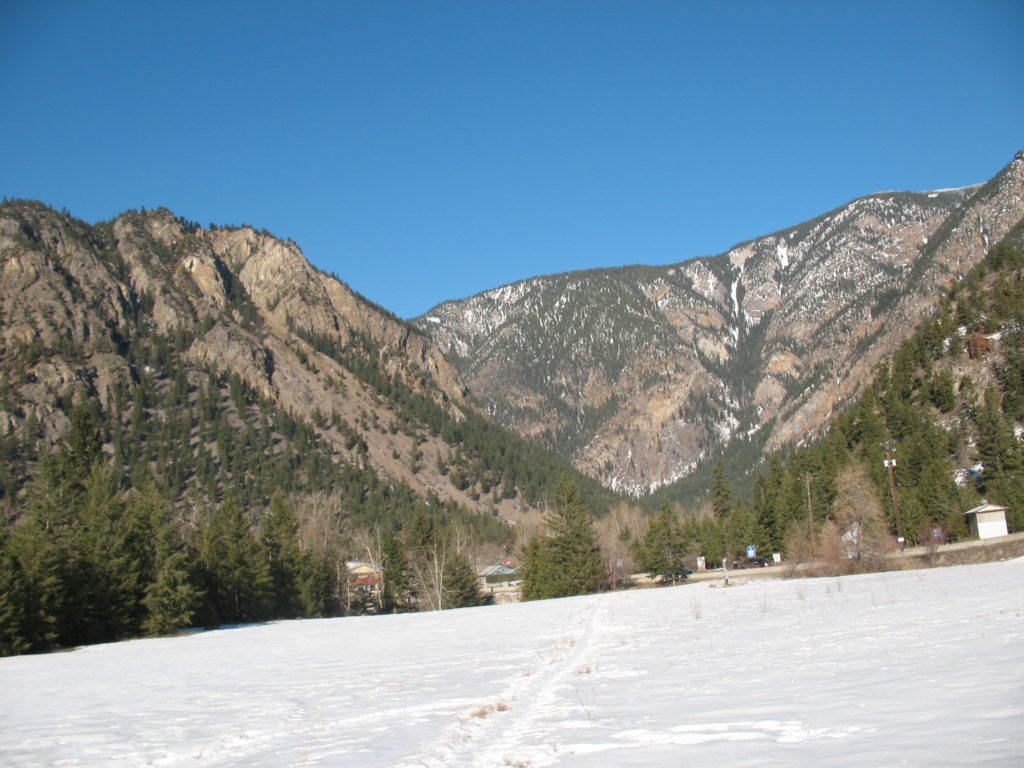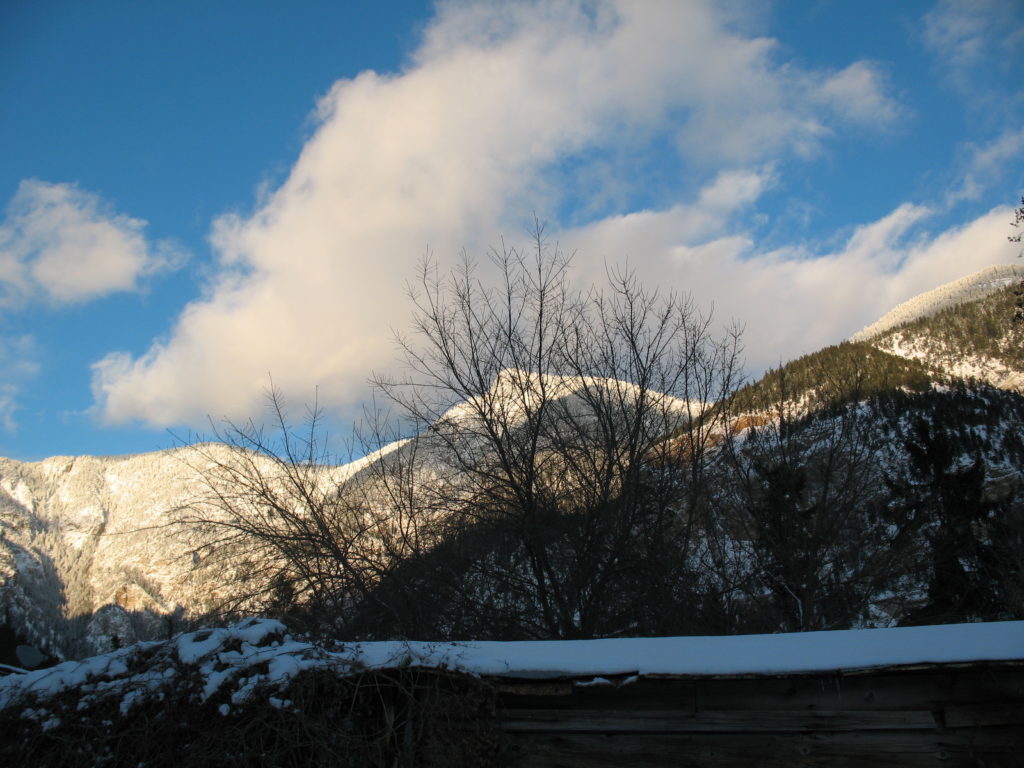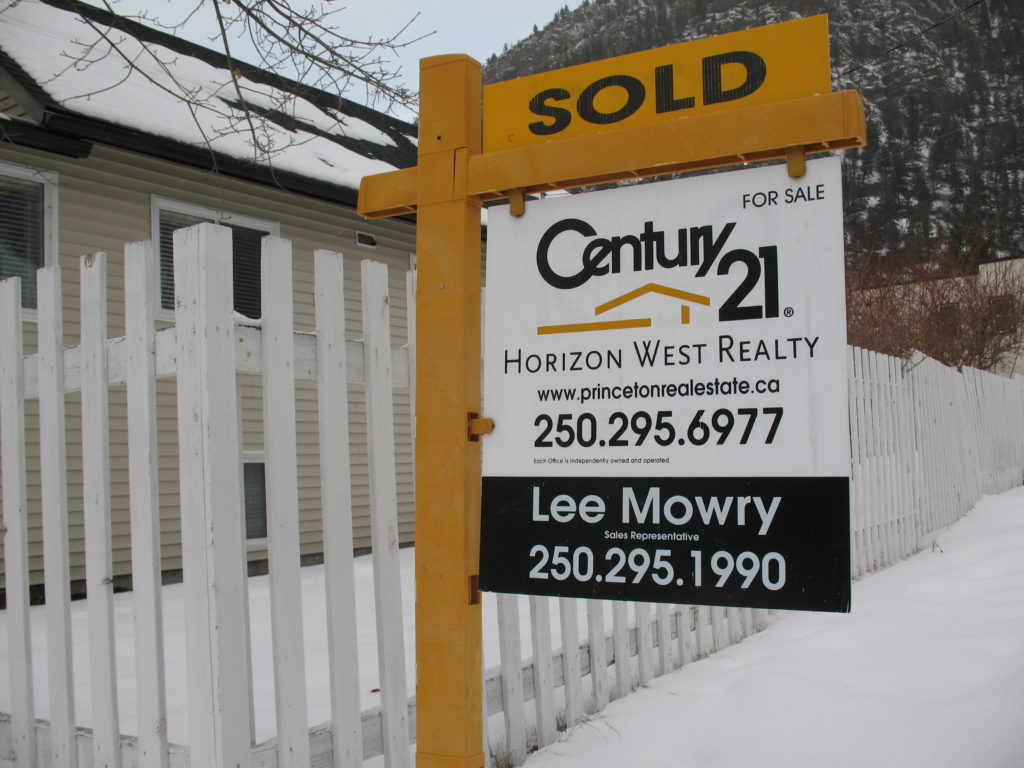There are no “for sale” signs on our street anymore. In fact, in all of Hedley, they’ve become almost as rare as an extinct species. Over the past year people, mostly from larger centres, have eagerly purchased local homes and moved here. Many had become distressed with the crime, pollution and noise of the city. In Hedley they like the clean air, feel safe, and enjoy the quiet evenings. The idyllic Similkameen setting and unhurried lifestyle offer a lot, but can they survive?
Recently I heard popular, long serving Abbotsford Councilor Patricia Ross on CBC radio, deploring the cutting down of trees in that city. Patricia has been sounding the alarm about degradation of the physical and social environment for at least a quarter of a century, but she is certainly not the first.
Possibly the most compelling account of environmental desecration I’ve come across is Richard Llewellyn’s classic, How Green was my Valley. At the outset we meet a young boy growing up in a mountain village in Wales. For him and his chums, life is simple, structured and pleasant, with few serious complications. Their fathers are mostly employed by the coal mine higher up the mountain. They need the work and remain largely oblivious to the black mass of slag and sludge the mine is creating on the mountainside above the village.
As the boy is growing up the heap is growing too, creeping relentlessly toward the village. The mine owners are single minded in their pursuit of profit. They make no changes to protect the homes or the people and their way of life. When the sinister black mass descends to the edge of the community, the people are forced to acknowledge the danger, but it is too late. One after another the houses buckle under the onslaught of the remorseless mass. Eventually, the entire village lies crushed, and with it the social ties and structures that had evolved over centuries.

I realize I might be considered a doomsayer if I express a concern that the largely pristine Similkameen Valley might one day be similarly defiled. However, personal experience suggests to me it is essential that we not be complacent. When our family moved to the Fraser Valley in 1947, my young friends and I held no fear of our physical or social environment.
We drank freely of the clear brooks and never thought about the air as hazardous. Mount Baker was never shrouded in pollution. Nor were we ever concerned about being sexually molested. I don’t recall anyone ever being shot. Like the boy in Llewellyn’s book, we were young innocents in an unsullied world.
In time, as adults living in Abbotsford, Linda and I became aware of our city’s mad, headlong rush to cover its land surface with pavement and concrete, malls and tall buildings. One day I watched from our third story condo as 3 healthy, towering evergreens were taken down to make room for more homes. The trees were at the rear of the lots and could have been saved. The city’s anemic tree by-law did not apply to them. Whatever regulations existed gave them about the same protection as dandelions. The beautiful city we had once known was being denuded and covered with pavement and concrete, the modern equivalents of slag and sludge.
For us, walking in the evening had long been a source of enjoyment. But, while we and most in our community were preoccupied with personal issues, aggressive developers and their political allies were forging determinedly ahead. With the encroachment of “progress,” our respiratory systems began to protest. On our walks, almost invariably one of us would say, “the air is really bad tonight.” It was this polluted air that played a key role in our decision to return to Hedley some 5 years ago.
Reflecting on the comments of Patricia Ross, Richard Llewellyn’s story, and Linda and my experiences in Abbotsford, I’m reminded of the observation that “the reason history repeats itself is that no one was listening the first time.”

I’m concerned that with elevated property prices in large centres, some developers may already be thinking about projects in the Similkameen Valley. This will likely be the case in other rural communities as well. Importing big city amenities could destroy what many of us came here for. I’m not against needed changes in our communities, but why would we invite the conditions from which many of us are emigres?


Thank you – and well said! We all need to take the Cree prophecy to heart – When the last tree is cut down, the last fish eaten and the last stream poisoned, you will realize that you cannot eat money.
My heart breaks every time I see a beautiful producing farm turned into residential housing or a shopping mall. We cannot eat money.
Thanks for sharing the Cree prophecy, Wendy. It’s absolutely true. Unfortunately, there are a lot of people who choose not to be aware. Art